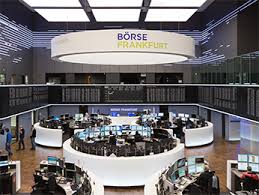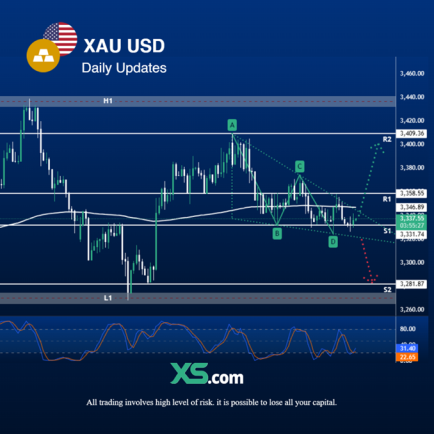U.S Fed May Hold Steady, But deVere CEO Cautions Trump

The Federal Reserve will hold rates steady at its policy meeting tomorrow, despite pressure from President Trump to slash interest rates in an attempt to offset the growth drag of his escalating tariff regime.
But cutting too soon could backfire, says Nigel Green, CEO of financial advisory giant deVere Group.
“Trump wants to see a full percentage point cut to cushion the economy from his own tariffs,” he says.
“But if the Fed caves, the long end of the curve could surge. This means higher—not lower—borrowing costs for US households and businesses.
“He should be careful what he wishes for.”
Markets are fully pricing in a hold on Wednesday, with inflation easing gradually but wage growth and consumption still robust.
May CPI came in at 2.4%, down marginally from April. Core inflation dipped to 2.8%, beating forecasts by a tenth. Still, the Fed isn’t seeing the kind of clean, convincing disinflation trend it needs to justify an immediate cut.
“The data is pointing in the right direction—but we’re not there yet,” says the deVere CEO.
“The Fed is facing an uncomfortable blend of sticky services inflation and new price pressures from tariffs. Rushing to cut rates in this environment risks sending the wrong signal.”
That signal—of a central bank willing to prioritise short-term political pressure over longer-term price stability—could have a very specific effect: pushing up yields on longer-dated Treasuries.
“The irony is that the US is more exposed to movements in long-term borrowing costs than short-term ones,” explains Nigel Green.
“If the Fed cuts too soon and the market doubts its inflation-fighting resolve, we could see the 10- and 30-year yields climb sharply. That puts direct pressure on mortgages, commercial loans, and public financing.”
The yield curve has already steepened markedly in recent weeks, with the 2yr/30yr yield spread now at its widest since early 2022. “This steepening is a warning light,” Green adds. “It tells us the market is adjusting for risk, not reward.”
Meanwhile, Trump’s tariff expansion—dubbed “Liberation Day” by the White House—continues to ripple through pricing.
A federal court this week allowed the measures to remain in place while it considers the president’s authority to implement them unilaterally.
“These tariffs are inflationary by nature,” says Green. “They’re not just trade policy—they’re fiscal tightening disguised as nationalism. And they come with real costs to growth and consumer welfare.”
In that context, the Fed finds itself boxed in. While inflation is cooling at the margins, the tariff effect and a still-tight labour market are limiting its scope to ease. Financial markets may be hoping for dovish language in the updated “dot plot” projections, but deVere expects Chair Powell to hold the line.
“The Fed doesn’t want to be backed into a corner. It needs to keep optionality. If it commits too early and inflation flares back up, the credibility damage would be severe,” warns the deVere Group chief executive.
Looking ahead, deVere sees a possible cut in the autumn, provided the data cooperates.
“September is still on the table. But the bar is very high,” Nigel Green says.
“We’d need to see a more decisive downturn in core inflation, softer employment prints, and some resolution on tariffs before a cut becomes a sure thing.”
In the meantime, the CEO is urging investors to remain cautious and globally diversified.
“Expectations are being recalibrated fast. Anyone betting big on near-term easing may be disappointed—and caught offside.
“The right strategy now is balance. Look at assets with durable pricing power, currency diversification, and low exposure to rising real rates.”
He also flags continued concern over US debt dynamics.
“With Washington issuing record amounts of debt and foreign appetite weakening, the long end of the curve will remain under pressure. That has implications far beyond Fed policy—it changes the cost of capital across the system.”
As markets brace for the Fed’s decision, Green closes with a stark reminder:
“The Fed will hold steady tomorrow, that much is clear.
“But this is about more than rates—it’s about the integrity of monetary policy in the face of political noise.”






